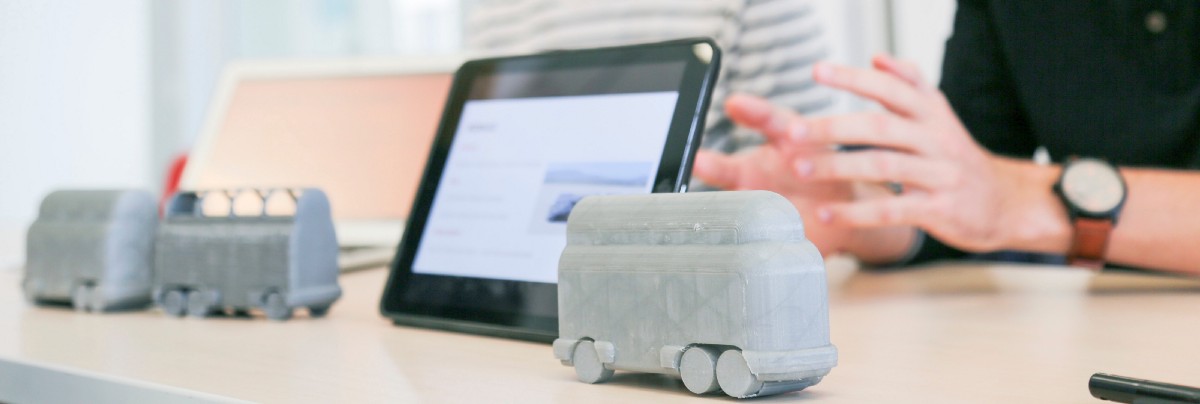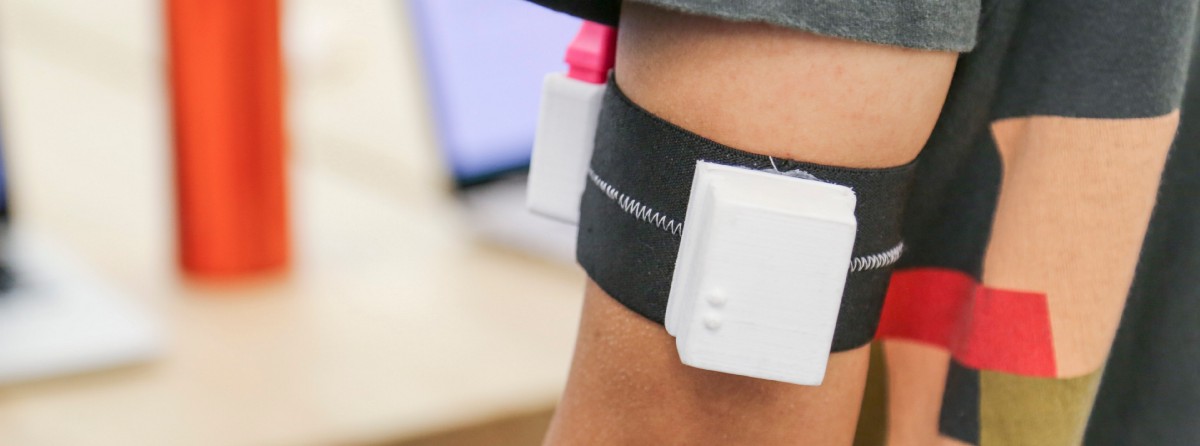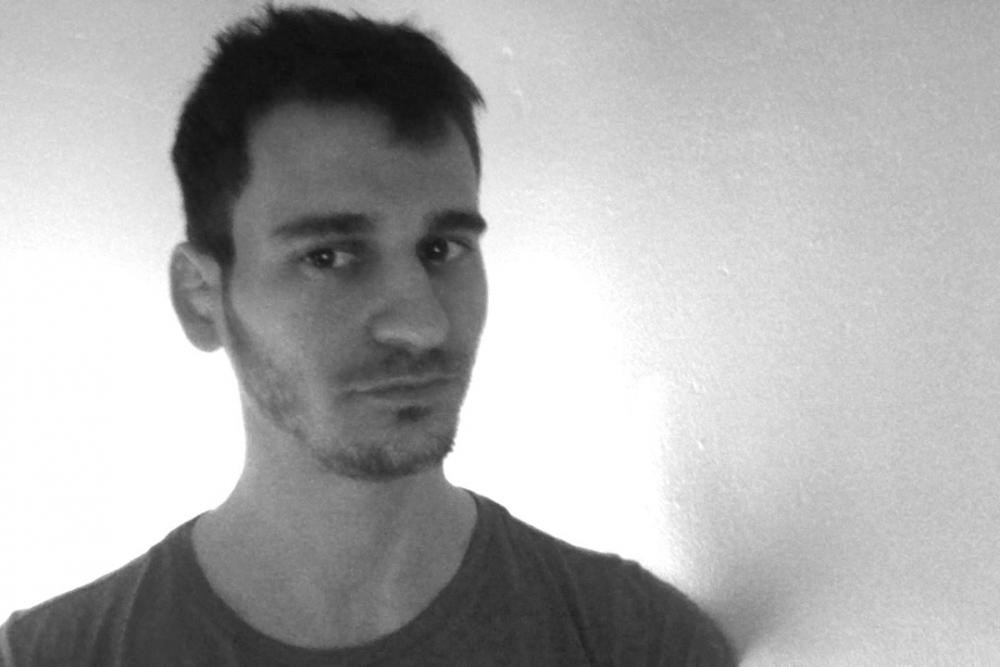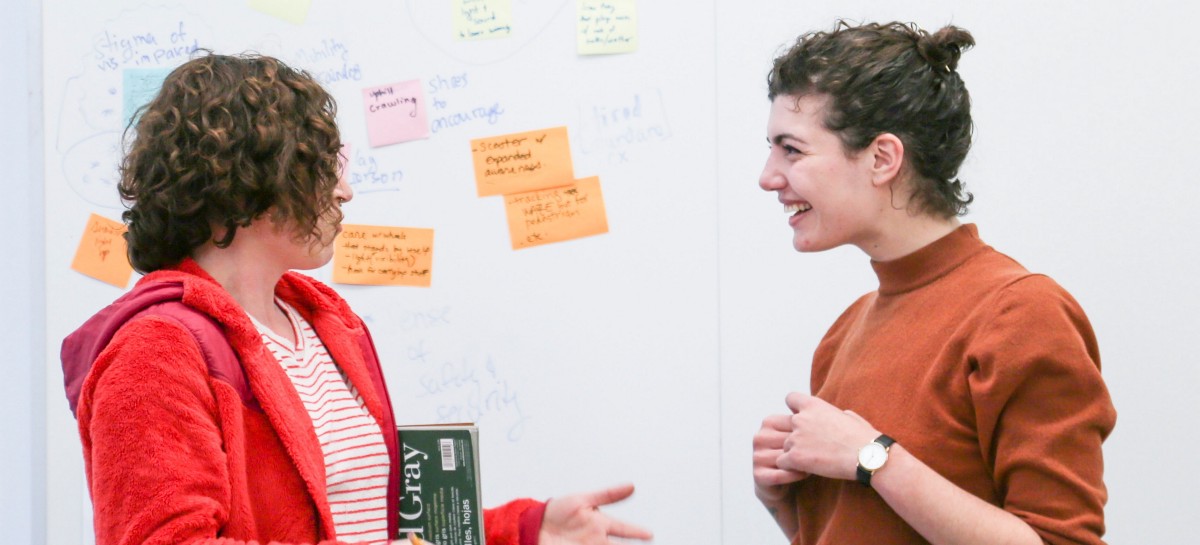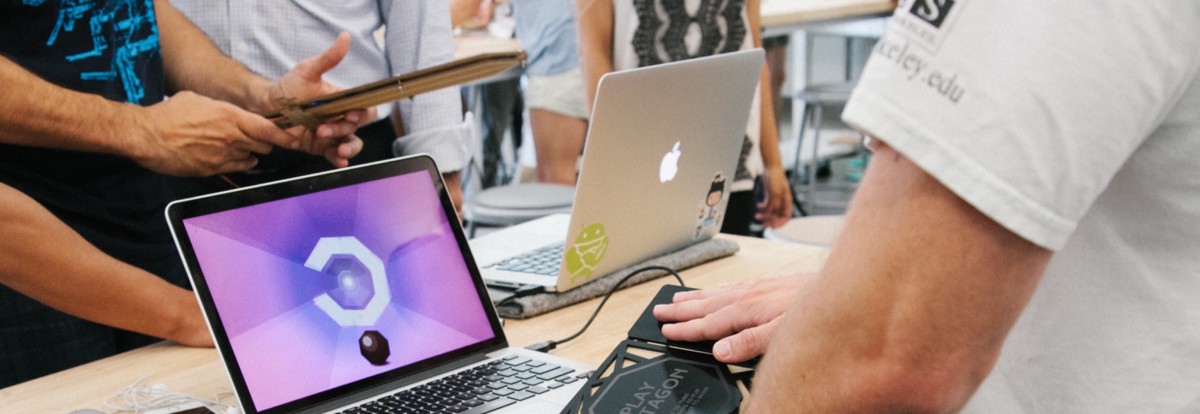Reimagining Mobility
Self-driving cars that pick your kids up from school. An app that smoothes your public transit experience, from starting point to final destination. A network of autonomous, modular pods that allow you to travel the world, bringing your life along with you. These futuristic-sounding ideas may not be so far away: Read more…
